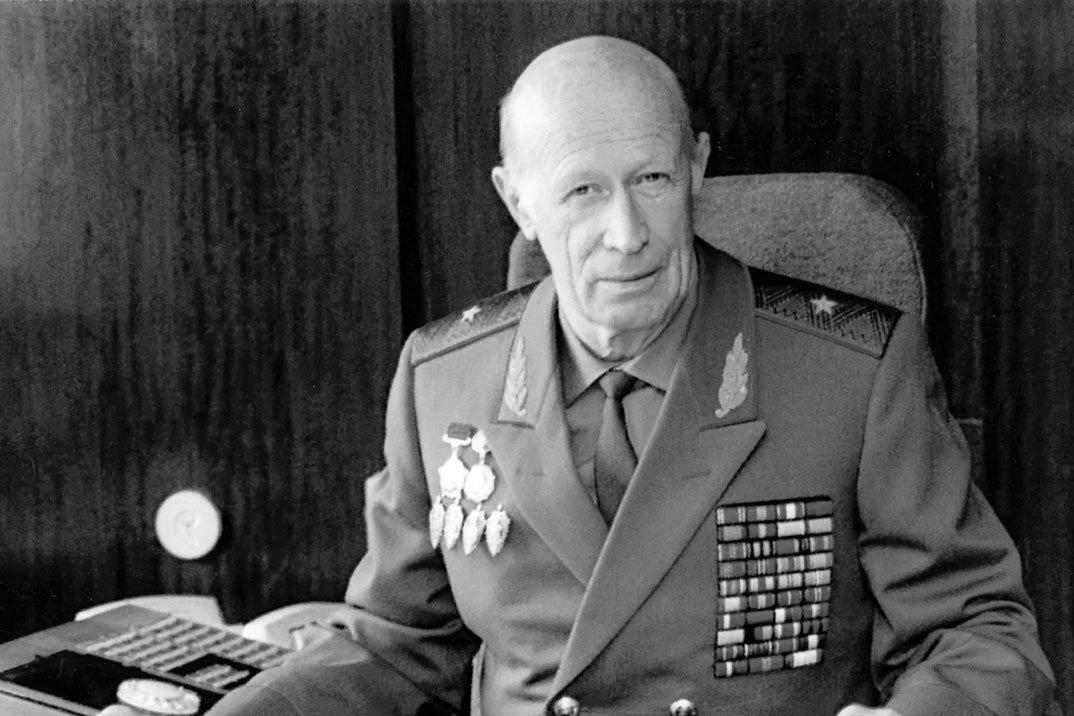Yuri Drozdov, obituary: Soviet spymaster who planted agents across the West
Yuri Drozdov set up the KGB's 'illegals' programme of undercover operatives working abroad

They were known as the “illegals”: men and women who adopted the identities of the dead and worked as priests, poets, actors and inventors, quietly gathering intelligence for the Soviet Union during the Cold War.
Based in American suburbs and European capitals, they spent up to two decades developing the trust of their neighbours and employers while stealing information about nuclear weapons, missile systems, Western intelligence efforts and political intrigue.
At the helm of their organisation, a secretive wing of the KGB known as Directorate S, was a balding man with the rank of major general and the name of Yuri Drozdov. A square-jawed Second World War veteran who led assaults in Afghanistan and helped arrange a high-profile spy exchange in 1960s Berlin, he oversaw the KGB’s illegals programme – its name distinguished it from the agency’s “legal” programme, in which agents maintained diplomatic connections to the motherland – from 1979 until 1991, shortly before the dissolution of the Soviet Union.
It was the apex of an intelligence career that spanned nearly the entire Cold War, from a stint in Berlin to an undercover position in China at the start of the Cultural Revolution. Yet despite spending much of his career behind the scenes, Drozdov was not afraid to involve himself in “wet affairs”, the KGB euphemism for assassinations, beatings, poison-tipped umbrella murders and similar acts of dirty tricks.
Drozdov led KGB forces in the December 1979 assault on the palace of the Afghan president Hafizullah Amin: a 43-minute surprise attack that resulted in Amin’s death and launched the Soviet invasion. The operation resulted in the deaths of 55 Soviet operatives, 37 in a plane crash, and 180 Afghans. One Russian leader later described the attack as “perfect” and “absolutely unprecedented”.
Several days after the battle, Drozdov recommended that the then-KGB leader Yuri Andropov create a new special forces unit within the agency, allowing it to professionalise its wet-affairs operations. Known by the name Vympel (“pennant”), the unit was created under Drozdov in 1981, performing operations in Afghanistan and Chechnya.
Drozdov focused mainly on the illegals programme in later years, identifying recruits (“wunderkinds”, he called them) capable of excelling in the programme’s long training regime. “We have our process of raising them,” he said in 2010. “You have your Dr Spock method; we have our own ways.”
Jason Matthews, a former CIA officer in Europe and Asia who writes spy thrillers, said the illegals programme was similar to that of the TV series The Americans. KGB leaders such as Drozdov would develop fictional identities known as “legends” for each illegal and scour cemeteries to find the names of dead children whose birth years closely matched those of the agents. Some agents were assigned official wives to help them blend in.
The technique was time-consuming and not always productive, Matthews said, and for those reasons was not used by the CIA. “Can you imagine the director of PR telling any Western officer: ‘You’ve got to go to China and live with a wife we’ve selected for you for 20 years?’”
Undercover illegals were discovered in the US as recently as June 2010, when 10 spies were arrested by the FBI in Boston, New York, New Jersey and Arlington, Virginia. Six were using the names of dead people, and all 10 were sent to Russia later that year, in a spy swap for four Russians convicted of aiding the West.
Yuri Ivanovich Drozdov was born in Minsk in 1925. His father had served in the tsarist army, and Drozdov served in the Soviet army towards the end of the Second World War.
He joined the KGB in 1956 and was initially based in East Germany, where he refined his language skills and claimed to have studied at a theatre school “to learn the art of impersonation”.
Drozdov played a minor role arranging the 1962 trade of Gary Powers, the US spy-plane pilot whose plane had gone down in the Soviet Union, for the convicted Soviet spy Rudolf Abel, a member of the illegals programme who had stolen nuclear secrets from the United States. In a scene that inspired Steven Spielberg’s 2015 film Bridge of Spies, Drozdov stood on a bridge between Berlin and East Germany as Abel returned to the Soviet side.
Drozdov went to the US in 1975, taking charge of the intelligence station in New York before being named head of Directorate S. He seemed to retain a fondness for Americans, with whom he collaborated in business after the fall of the Soviet Union. His company, Namacon (sometimes spelled Namakon), provided political analysis. At one point it made plane tyres before securing a niche finding office space and performing background checks for Western businesses in Russia.
Skills learned as a spy came in handy, he said: “In my KGB career I had much experience at getting enemies to do my will, and I thought this would be very useful in business.”
Yuri Drozdov, soldier and intelligence officer, born 19 September 1925, died 21 June 2017
© Washington Post
Subscribe to Independent Premium to bookmark this article
Want to bookmark your favourite articles and stories to read or reference later? Start your Independent Premium subscription today.

Join our commenting forum
Join thought-provoking conversations, follow other Independent readers and see their replies